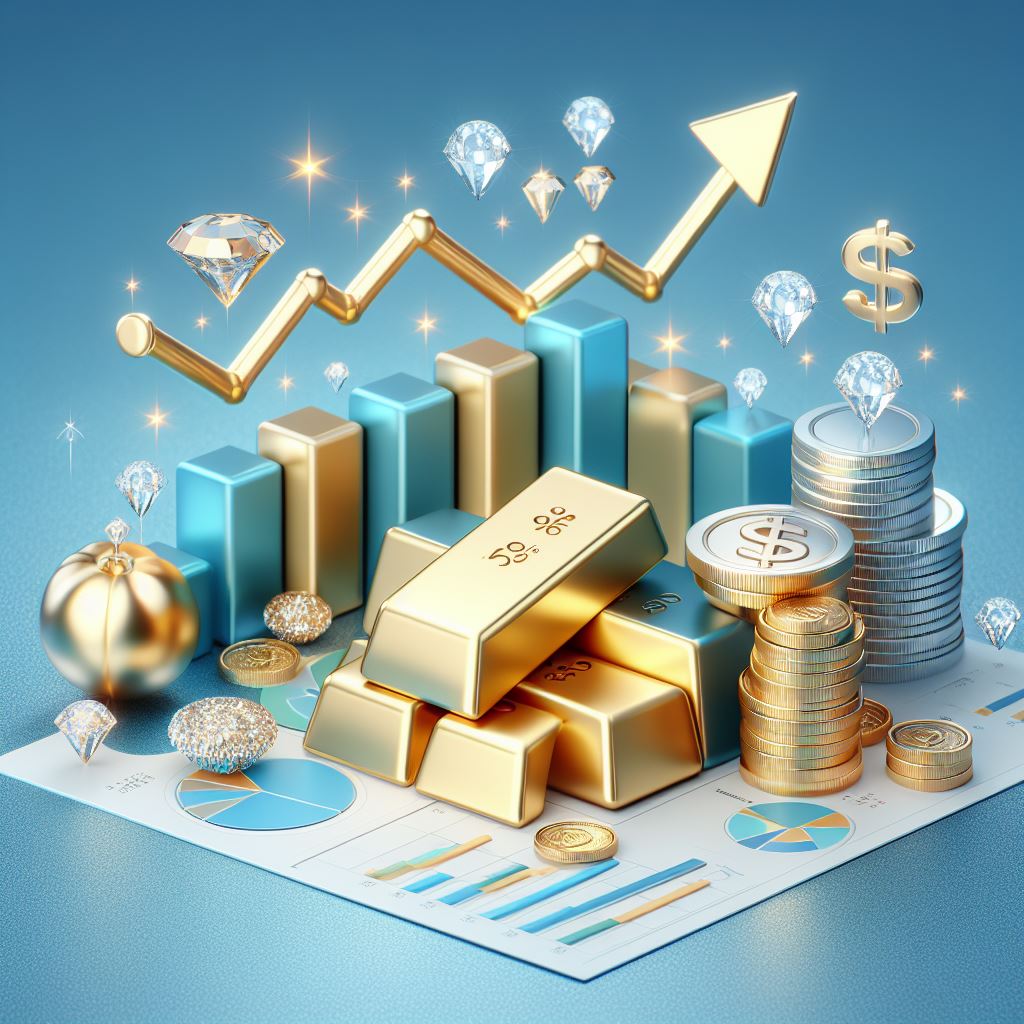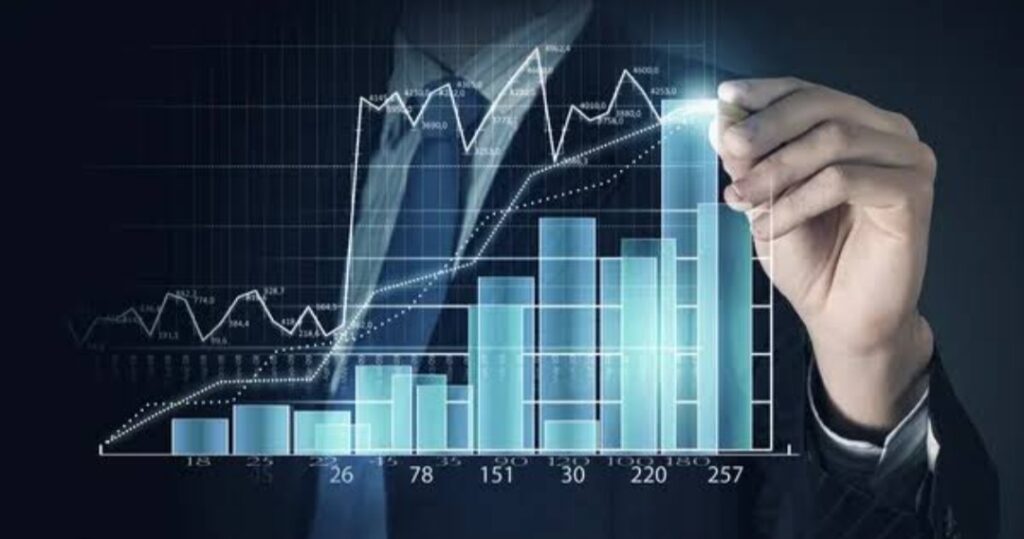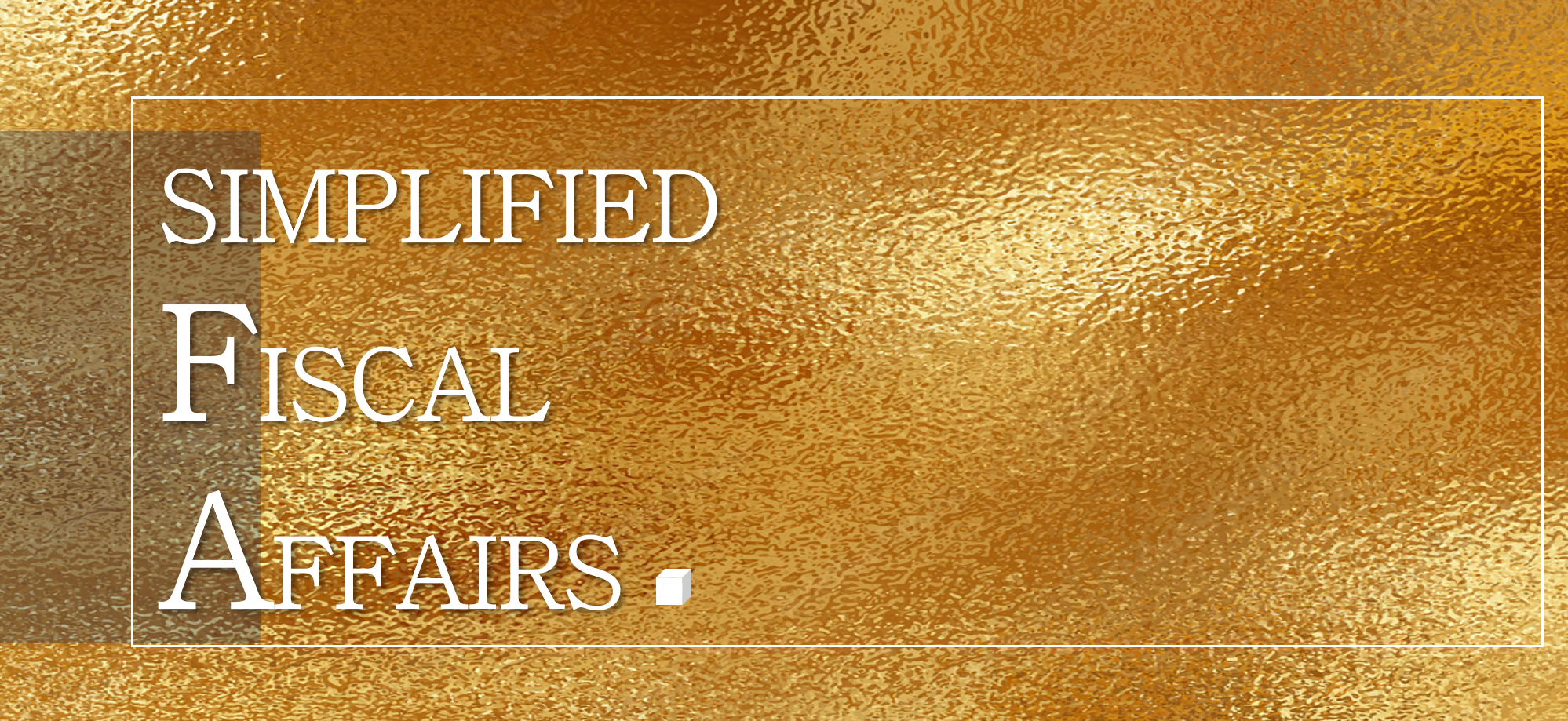
WHAT ARE TRADE CYCLES?
- A business cycle or a trade cycle is a wave like movement in macro economic activities like income, output and employment which shows upward and downward trend in the economy.
- A business cycle is an important parameter of the macro economic study. It helps us to estimate the future and take decisions accordingly.
- A business cycle is associated with four phases such as prosperity, recession, depression and recovery.
- A business cycle may very from minimum 2 years to maximum of 10 years.
- Business cycles are interlinked. They affect all the sectors of the economy.
- There are different types of business cycles some are minor in nature and other may be major.
- It has been noted that the fluctuations occur not only in the level of production but also simultaneously in other macro economic variables.
- Business cycles are global in nature, which means, once started in one country they spread to other countries through trade relations prevalent between them.

Phases of Trade Cycles:
1. Prosperity (Expansion, upswing):
Prosperity is a stage in which the money income, consumption, production and level of employment are high or rising and there are no unemployed workers. There is full employment in the economy.
- The stage of prosperity is interpreted by increased production, high capital investments, expansion of bank credit, high prices, high profit, high rate of interest, full employment income, high demand, standards of living, full employment of resources and overall business optimism.
- This phases comes to an end when forces become weak. Due to high profit and optimism, entrepreneurs invest further but because of shortage of raw materials and scarcity of factors of production, prices rise. As a result there’s fall or decrease in effective demand and profit. Here, optimism turns into pessimism.
2. Recession (Upper turing point):
- When the phase of prosperity ends, recession starts. Recession is an upper turning point. In this process there is contraction of economic activities.
- After boom, there’s significant decrese in the level of demand, production becomes excess and investments result in over investments. Therefore, it leads to recession.
- There is a considerable fall in investment, profits and share prices.
- If recession phase continues for a prolonged period of time, it reaches to the phase of depression.
3. Depression (Contraction, downswing):
Depression is a stage in which the money income, consumption, production and employment falls, idle resources and unemployment increase. There is no as such clarity as to when the recovery would start.
- Depression phase is characterized by the growth rate below the steady growth rate.
- There is a sharp reduction of production, unemployment, falling prices, falling profits, low wages, fall in effective demand.
- After a considerable time, slow and steady increase in the demand for goods and services help to increase in the overall macro economic variables. Ultimately, it leads to the recovery.
4. Recovery (lower turning point):
- In the recovery phase, economic activity once again gathers strength and momentum in terms of macro economic variables like income, output, employment, investment and demand.
- Recovery is the phase which starts after depression. When the economy enters the stage of recovery, economic activity boosts but the growth rate lies below the steady growth path.
- The recovery phase is also known as the lower turning point. It is represented by the positive upsurge of the macro economic variables like rise in demand, rise in profits, increase in the level of investments, rise in credit and betterment of the economy gradually emerges. Therefore, pessimism is replaced by an optimistic environment. .



Well I definitely liked studying it. This post procured by you is very constructive for proper planning.
“It’s heartwarming to receive such a positive feedback. Thank you for your encouragement.”